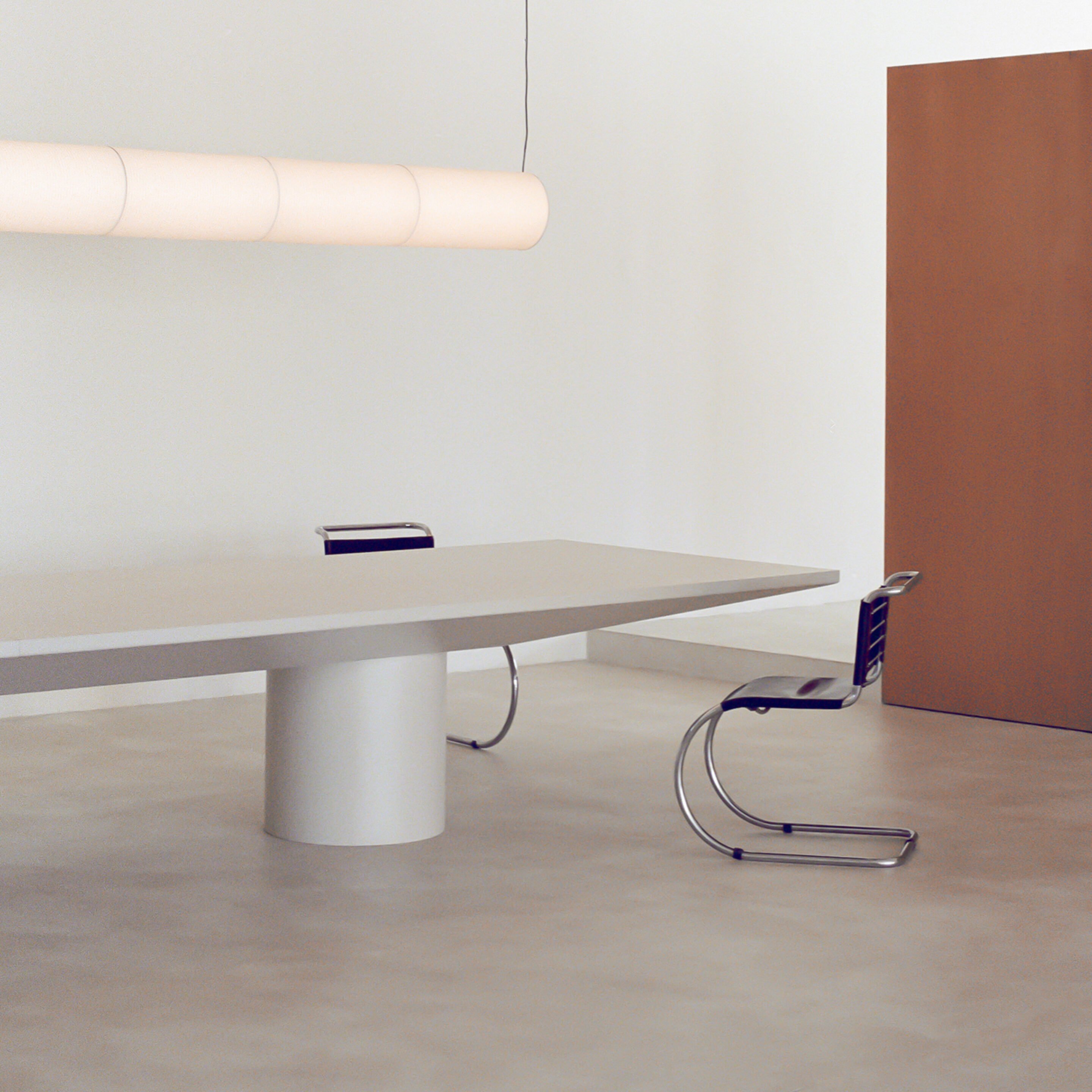White Grounds 14
2019 - Installation (Installation)
258 x 210 cm
Mandy El-Sayegh
Mandy El Sayegh grew up in a medicalized environment, surrounded by anatomy, biology and psychology publications; these books inspire the figures that appear throughout her work. The work White Grounds 12 offers a bird’s eye view of a skull open from the front, belonging to a patient diagnosed with dementia who is suffering from self-inflicted wounds. White Grounds 10 depicts the body of an injured worker in China. What takes center stage in this work is not the political subtext, but the representation of flesh, turning blue, like death. At the opening of the exhibition “White Grounds” at Betonsalon in Paris, where this work was first exhibited, visitors were invited to walk across the latex canvasses that carpeted the ground. The odor of paint, the feeling of moving across the sticky surface added something organic and visceral to the experience. El-Sayegh cites the artist Kader Attia and his artistic ambition to “repair the world” as integral to her practice. She also notes her father’s native Gaza as an unresolved trauma transmitted through generations. For the artist, painting becomes a material for exchange through which sensitivity becomes a register of intelligibility, inciting the viewer to reconstruct the fragments of the exhibition and the world themself.
Beginning with rigorous research and resulting in a wide range of media, from layered paintings, to installation, diagram, sculpture, sound and video, El-Sayegh’s work is about systems of bodily, linguistic and political order among others, and their disintegration. This gives way to an exploration of the poetry that emerges from a reworking of such codes, and the new meanings that are created. Her work is both personal and political, often merging found references from the media, as well as intimate details, such as her father’s calligraphy work within the same space. In an interview with The Guardian, the artist describes her work as “a forensic thing. I’m laying it all out. I want everything in there, the political, the sexual… there is a terror in excess.” These fragmented units are then reconsidered as a coherent whole.
Colors:
Related works sharing similar palette

© » KADIST
Taiyo Kimura
The wall installation Friction/Where is Lavatory (2005) plays off anxieties about time but utilizes sound to create a disconcerting experience of viewership: comprised of dozens of wall clocks sutured together, the work presents a monstrous vision of time at its most monumental...
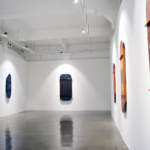
© » ARTS EQUATOR
Latiff Mohidin’s “Langkawi”: The Within and Beyond | ArtsEquator Thinking and Talking about Arts and Culture in Southeast Asia Articles Image: Chan + Hori Gallery July 10, 2018 By Gerald Sim (1,500 words, eight minute read) As with any thought-provoking installation, Latiff Mohidin’s “Langkawi” series, on show at Chan+Hori Contemporary , evokes a large range of perceptions from its audience...

© » KADIST
Yoshua Okón
2015Fridge-Freezer is a 2-channel video installation where Yoshua Okón explores the darker side of suburbia, d escribed by the artist as “ the ideal environment for a numb existence of passive consumerism and social a nd environmental disengagement...

© » ARTS EQUATOR
Weekly Southeast Asia Radar: Puja Pantai in Selangor; young Cambodian singers talk old music | ArtsEquator Thinking and Talking about Arts and Culture in Southeast Asia ArtsEquator Radar AP January 16, 2020 ArtsEquator’s Southeast Asia Radar features articles and posts about arts and culture in Southeast Asia, drawn from local and regional websites and publications – aggregated content from outside sources, so we are exposed to a multitude of voices in the region...
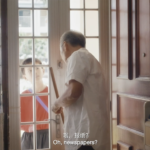
© » ARTS EQUATOR
The working processes of artists: Sabrina Poon | ArtsEquator Thinking and Talking about Arts and Culture in Southeast Asia Articles April 27, 2020 Singaporean filmmaker Sabrina Poon, better known as Spoon, talks about her work and the value of storytelling by breaking down three of her short films – Sylvia , Hello Uncle and Pa ...
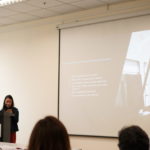
© » ARTS EQUATOR
Podcast 60: The Media Landscape in the Philippines | ArtsEquator Thinking and Talking about Arts and Culture in Southeast Asia ArtsEquator Viewpoints Courtesy of Asian Arts Media Roundtable July 4, 2019 Duration: 19 min In our latest podcast, art critic Pristine de Leon gives a comprehensive overview of the media landscape in the Philippines, discussing challenges to the practice and the new platforms that are paving the way for creative, incisive and timely forms of arts criticism...

© » KADIST
Hernan Bas
2010A Splinter (Study for Painting) is a large graphite work on paper by Hernan Bas that was intended as a study for a later painting...

© » KADIST
Pratchaya Phinthong
2009Phinthong provided 5,000 Euros to exchange for Zimbabwean dollars, the most devalued and worthless currency in the world...
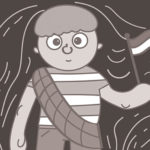
© » ARTS EQUATOR
Weekly Picks: Indonesia (9 - 15 July 2018) | ArtsEquator Thinking and Talking about Arts and Culture in Southeast Asia Indonesia July 9, 2018 Top Picks of Indonesia art events in Bali, Yogyakarta and Jakarta from 9 – 15 July 2018 Titian Art Space in Bali presents the exhibition Mokoh for the house of Mondo ...



